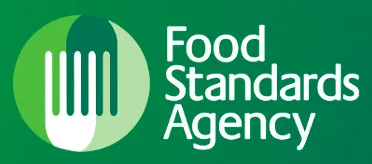FSA Publishes Final UK Campylobacter Testing Results

Last week, the Food Standards Agency (FSA) released its last set of results from the agency’s Campylobacter survey. Between August 2016 and July 2017, FSA analyzed Campylobacter contamination in approximately 3,980 fresh, whole chickens purchased from retailers in the UK.
Findings:
- 6.5 percent of chickens tested positive for the highest level of contamination, (over 1,000 colony forming units per gram – cfu/g). This is down from 19.7 percent in 2014/15 when the survey began.
- The figure for high-level Campylobacter prevalence (more than 1,000 cfu/g) among the top nine retailers (based on market share) was 5.6 percent
- The retailers with significantly lower prevalence than the average among all retailers were Morrisons (2.9 percent), Tesco (4.2 percent) and Waitrose (2.7 percent).
- There was a significant fall in the percentage of chickens positive for Campylobacter at any level down from 73.2 percent in 2014/15 to 54 percent in 2016/17.
- In the last period of the third annual survey, April – July 2017, based on a total of 1,437 chicken samples 5.9 percent of chickens had high levels of Campylobacter (over 1,000 cfu/g) down from 20.1 percent for the same period in 2014.
Changes to FSA’s Campylobacter testing began taking shape last year when testing methods began to change. Traditionally, the FSA’s Campylobacter testing measured levels of the bacteria on the chicken’s neck skin. In general, this is usually the most contaminated part of the bird. However, food processors are increasingly removing the neck skin before the chickens make it to retailers. While this growing practice does decrease the risk of food poisoning for consumers, it posed a new challenge for the FSA’s survey, testing methods, and the findings.
Going forward, the UK’s top nine retailers will publish their own Campylobacter results on their respective websites. Despite not being cumulatively published by FSA anymore, the results will still be comparable, the agency says.
More on Campylobacter in the UK:
FSA Suspends Quarterly Campylobacter Retail Survey
FSA: Campylobacter in UK Chickens on the Decline
Penny Pinching Grocery Stores Not Helping UK’s Campylobacter Crisis
FSA Releases New Data on Campylobacter in UK Chickens
Chickens Coming Home to Roost for UK Retailers After Poultry Testing Results Published
UK’s Chicken Challenge to Address Campylobacter Crisis
Sign up for Food Safety Magazine’s bi-weekly emails!
Subscribe to our podcast: Food Safety Matters!
Looking for quick answers on food safety topics?
Try Ask FSM, our new smart AI search tool.
Ask FSM →







